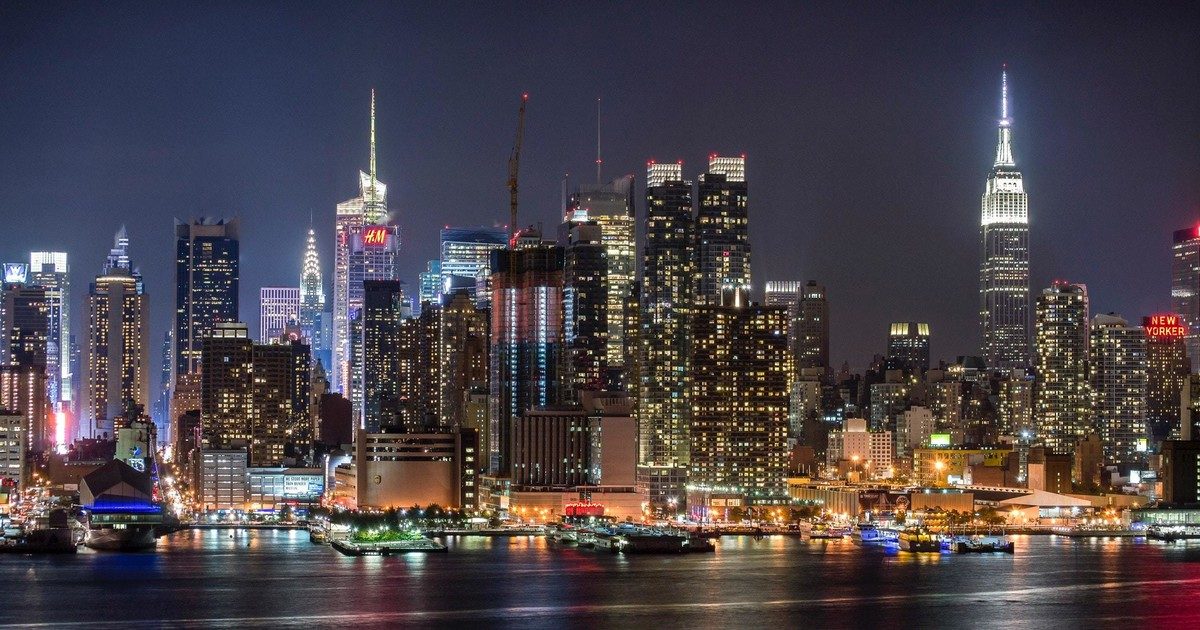“In Boyles’ piece on revolution in Ferguson, we see personal case studies that depict the continued systemic deprivation that disproportionately denigrates the Black community.”
After our class discussion I could not help but continue my thoughts on the dichotomy between Black Lives Matter and climate change’s Sunrise movement. Although different by nature, both movements were not created equal, and conjure interesting revolutions, and even more interesting revolutionaries. Apart from the obvious dichotomy concerning race, the two movements contrast when considering their levels of Urban participation. Oftentimes the media plays a large role in the association of violence among movements led by POC, a clear example of this is Black Lives Matter, while movements like Sunrise are encouraged and praised for their peaceful strength. So why is violence equated with the Urban setting, while peace is equated with that of suburbia? In many ways, this stems back to a systemic rhetoric that has plagued black bodies for centuries with separation, slavery, segregation, etc. In my discussion question I asked “how does being Black (or POC) converge with being a revolutionary” and “Why has there only been one successful slave rebellion throughout the history of colonializaton?” I find that these questions become so much more compelling when considering the racialized context that is projected onto Urbanism. Its as if the word “Urban” has been coded into an idea of race rebellion.
The publicity circling the Sunrise movement is filled with quotes from Greta Thunberg and young children holding signs that read “STOP stealing my future.” During the peak of the Black Lives Matter movement it was not uncommon to see a dead or beaten body on the sidewalk. Its impossible to not see the contrast… especially when a movement is called something as cheery as Sunrise. While the Black Lives Matter movement has many faces, it does not have a Greta Thunberg and it certainly does not have a TIMES person of the year recipient. Who gets to represent these movements? They are certainly chosen, the question is how? Black Lives Matter does not have smiling children holding signs…it has dead ones playing on their front lawns. That is the harrowing truth. The Sunrise movement, although relatively new, has taken the world by storm on a global scale, which is interesting when we consider the bubble that the suburb often enforces. The Black Lives Matter movement, although supported by many, was pretty exclusive to the United States due to its history of complex racial issues. So why is it that a movement conflated with the suburbs has become a much more global phenomenon than a movement stemming from multi-million population metropolises. How is it that the Sunrise movement has gained a sense of popularity and acceptance that the Black Lives Matter movement hasn’t achieved, despite having to create multiple movements throughout history.
I dont mean to compare these two movements, as both are important and necessary, but I’m going to be honest; that to me, one is a bit more necessary than the other. And while being comparative may seem like I’m placing the importance of one above another, the alternative fails to see the nuance of both movements.
